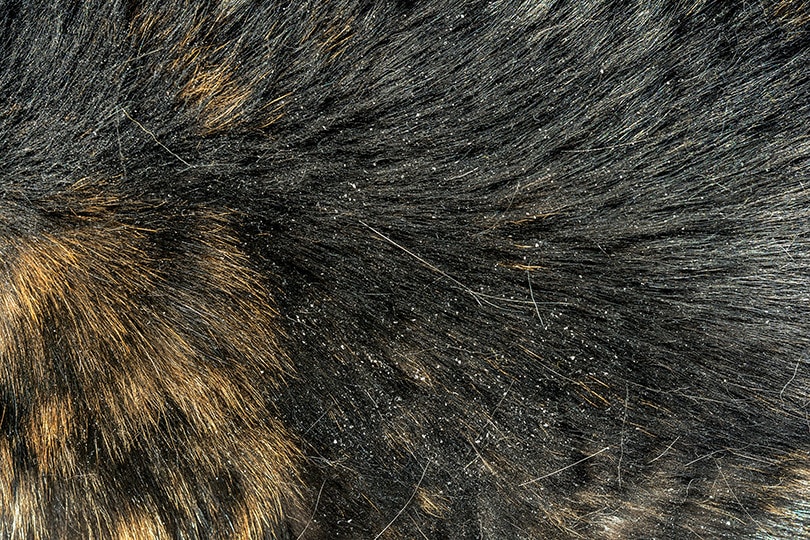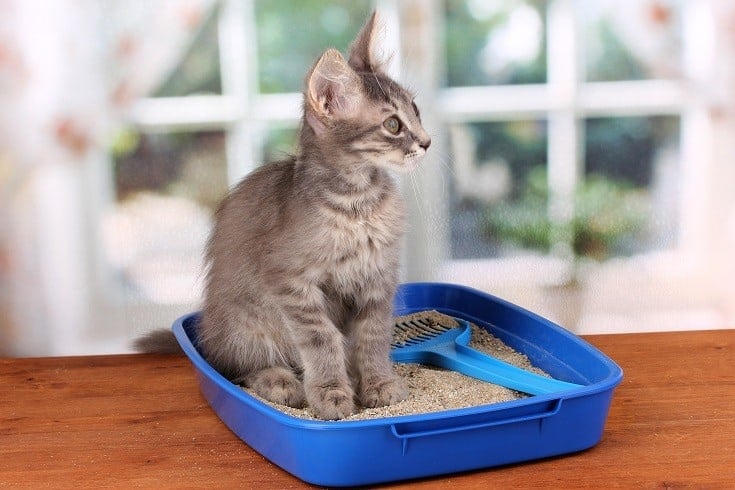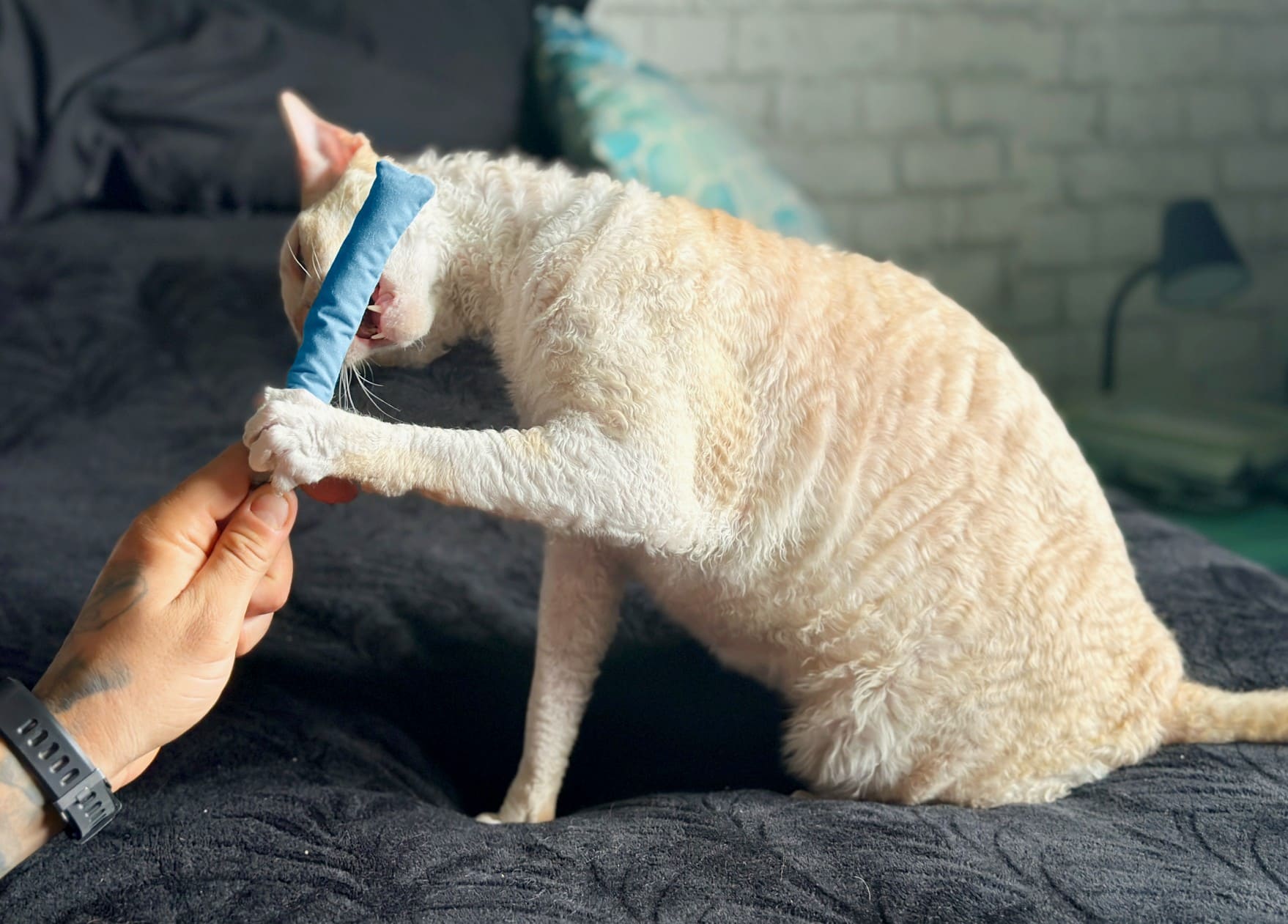VET APPROVED

The information is current and up-to-date in accordance with the latest veterinarian research.
Learn more »Click to Skip Ahead
Cat dander carries allergens with it, and people who are allergic to cats will often experience discomfort and signs of an allergy. If there is a cat in your household, you may be tempted to lock yourself in a cat-less room for a little while to get some relief. But will that work? Can cat dander travel through your vents?
The answer is yes, cat dander can travel through your air ducts. As disheartening as this news may be, don’t give up yet. Although dander can travel, there are still ways you can work to combat it. By speaking to your doctor, reducing the accumulation of dander and managing it through regular household cleaning, you can work to lessen the strain on your allergies.

How to Reduce Dander Accumulation in Your House
A great way to minimize the spread of dander is to cut down on the amount. Cat fur is not the only allergen you can come across. They are also present in the skin oil glands, saliva, urine, and feces.1 To reduce the overall dander in your house, here are a few tips that may help you out.
Maintain Good Hand Hygiene
Wash your hands after handling your pet, and try to avoid letting them headbutt or lick your face, as this exposes you to their saliva, which also contains allergens.
Frequently Clean Your House
Dander will accumulate more readily in a house that is not often cleaned. By cleaning your home regularly, you are preventing it from accumulating in larger quantities. This can help to relieve allergies, as there will be fewer allergens in the air for you to react to. Ideally, people suffering from cat allergies should not be the ones to clean the home or scoop up the litter box. If they must, they should use gloves and a mask.
Minimize Clutter in the House
As sad as it may be, some of your knick-knacks may be causing you trouble. If cat dander is traveling into small cracks or hard-to-reach places due to excessive clutter, it could be building up and causing you to have more reactions. Reducing clutter (or at least dusting regularly) can help to manage this.
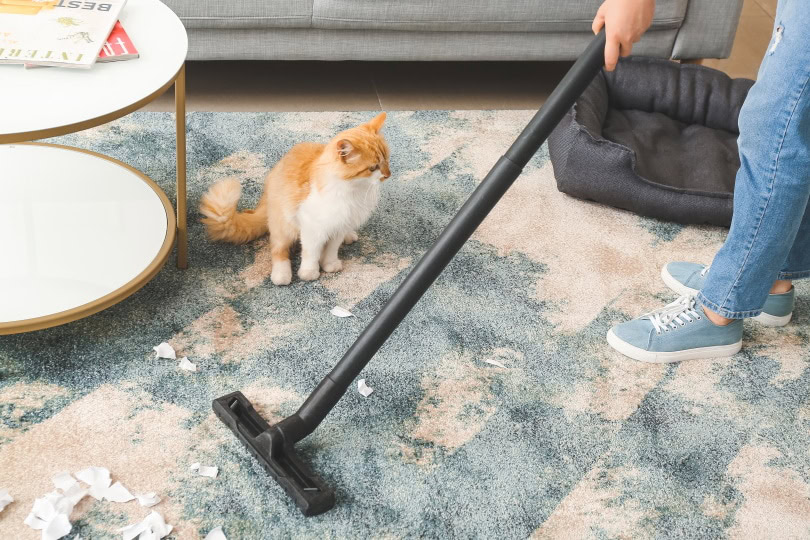
Change Out HVAC and HEPA Filters
Your heating, ventilation, and air conditioning systems may have a collection of dander inside their filters. By changing out the filters regularly, you can help reduce the dander accumulating in your vents. Install HEPA air purifiers as well.
Put Hardwood Flooring in Your House
This is an expensive option that may not be available to everyone, but if you can do so, installing hardwood flooring in your home may help alleviate some of the dander. Pet dander is more likely to become stuck on softer surfaces, such as carpets. If you can remove the carpet in your home and replace it with a harder material, you may be able to prevent dander from accumulating.
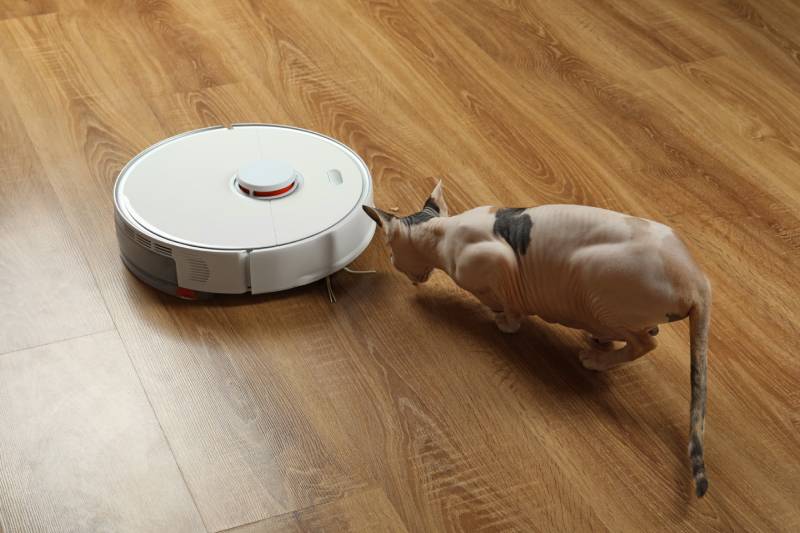
Contain Your Pet to Specific Areas in the House
Although restricting your cat from certain areas in the home is not a guarantee that no dander will accumulate in those places, it can still help. If locations in your home tend to gather dander more quickly, you may want to prevent your cat from entering those places. If you can minimize your cat’s contact with these places, you may be able to reduce the accumulation in your home, especially in areas such as the bedroom.

How to Manage Your Cat’s Dander
There are plenty of steps that you can take to reduce the build-up of dander, but what can you do to prevent it in the first place? Although you will not be able to entirely stop your cat from producing dander, there are things you can do to control the production.
Before deciding to do any of the following options, be sure to consult a vet. Your vet will be able to determine the best and healthiest course of action for both you and your cat.
Neuter or Spay Your Cat
It is believed that intact cats, especially males, may produce more dander. If your cat has not yet been spayed or neutered, speak to your vet about getting them neutered. Also try to minimize the number of cats you own, as by increasing the numbers, you also increase the amount of dander.

Bathe Your Cat
Washing your cat regularly can significantly reduce dander on their skin and fur. Using a feline-specific shampoo is crucial, but make sure to stick to your vet’s recommendations, as overly frequent bathing can lead to dry skin.
When you're grooming your own pet, choosing the right pet shampoo is half the battle. We recommend Hepper's Colloidal Oatmeal Pet Shampoo line because the all-natural, pet-safe formula does a great job of cleaning and moisturizing while avoiding irritation and itching. These soothing shampoos feature oatmeal and aloe vera and neither of them contain sulfates, phthalates, dyes, or soaps. Your pet will love this shampoo as much as you do! Now you just have to choose which one your pet will love best. Here’s a quick guide to help you choose the right option for your pet’s next bath!
| Image | Product | Details | |
|---|---|---|---|
For Bathing
 |
Hepper Oatmeal Pet Shampoo |
|
Check Price |
For In-Between Baths
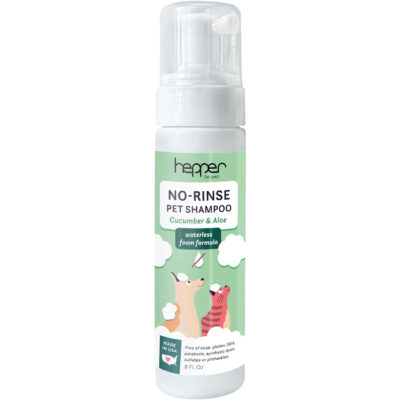 |
Hepper No-Rinse Pet Shampoo |
|
Check Price |
At PangoVet, we've admired Hepper for many years, and decided to take a controlling ownership interest so that we could benefit from the outstanding designs of this cool cat company!
Brush Your Cat
Brushing your cat regularly is an integral part of their grooming health. This will help to remove excess fur and keep the skin and coat healthy. However, it would be best for a non-allergic person to handle the bathing and brushing if possible.

Conclusion
Although cat dander can travel throughout the home, that does not mean you cannot have a cat while managing allergies. As long as you take precautionary steps to reduce the accumulation and dispersal of dander, you should be able to manage your allergies while living with a cat. If the allergic reactions do not slow down, you can talk to a physician about receiving allergy shots.
- Four Ways To Reduce Pet Dander (And Breathe Better) At Home – Broadley’s Plumbing, Heating & Air Conditioning
- Tips to Reduce Accumulation of Pet Dander in the House
- 5 Tips for How to Get Rid of Cat Dandruff and Dog Dandruff | PetMD
- All You Ever Wanted to Know About Fatty Acids for Your Cat
- Pets, Dog and Cat Allergies | Symptoms & Treatment | ACAAI Public Website
- Allergic to your cat? Easy tips to prevent and control your allergy
- Cat sex differences in major allergen production (Fel d 1) – Journal of Allergy and Clinical Immunology
Featured Image Credit: Nau Nau, Shutterstock
